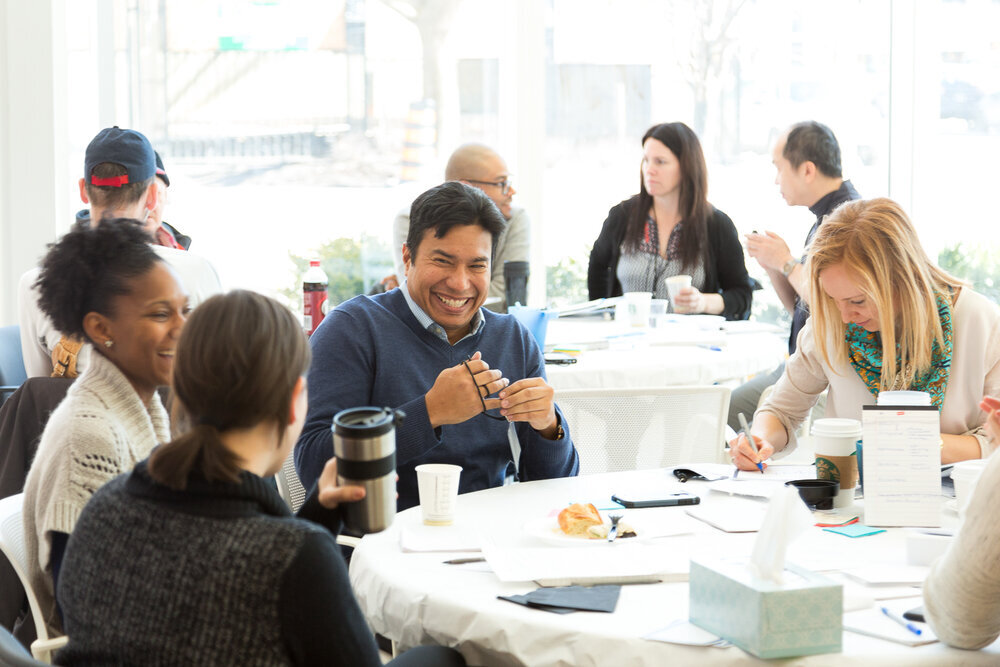12
After the Assembly

The commissioning authority should publish a formal public response to the Assembly recommendations, outlining which recommendations they intend to implement and those they will not, with clear justifications as to why, and further details.
The implementation of accepted recommendations should be monitored with regular public progress reports. The first one should be timed to occur 3 months after the Assembly, and followed by updates every 6 months after that.
To support and strengthen the follow-up process different solutions can be set up:
In addition to follow-up on recommendations, the Assembly evaluation report should be made publicly available and communicated.
Beyond the direct result of implementation of recommendations, Citizens’ Assemblies can have impact by shaping public discourse and raising awareness about and understanding of a policy issue amongst the wider public, building support for Citizens’ Assemblies, opening up alternative visions of the future, and ways of working together.
Here are a few studies that capture examples of such broader impact: increased sense of political self-confidence by Assembly Members and other citizens who heard about it taking place and wider use of Citizens' Assemblies over the long term by public authorities.
For most Assembly Members, coming together with a group of diverse peers to contribute meaningfully to public decision-making is a once-in-a-lifetime experience. Assembly Members feel increased capacity for self-expression, deliberation and critical thinking, together with an increased knowledge of and interest in public decision-making. Once the Assembly is over, they should be encouraged to stay in touch with each other, and remain engaged if they choose.
Click on the boxes below to find out more:

Once the Assembly is over, it is a good time to bring together those involved in commissioning and implementing the Assembly, and other key stakeholders, to reflect on how this experience can enable a larger shift in democracy toward permanent deliberative institutions with citizens selected by lottery at their heart.
In what ways has the process of organising a Citizens' Assembly been useful? How can these benefits be amplified? For what policy issues? How can organisers build on this experience and these learnings? How can they build on this momentum, awareness, and capacity created?
OECD analysis of examples of standing Citizens’ Assemblies has found that making citizen deliberation a regular part of democratic governance has important benefits, such as:
Various designs of standing Citizens’ Assemblies have been implemented globally. Similar to designing a one-off Assembly, designing a standing one starts with pinpointing the problem that needs to be solved. Where would ongoing and empowered citizen engagement would be helpful? Have you noticed opportunities as you worked on an ad-hoc Assembly?
Designing a standing Citizens’ Assembly includes a range of additional considerations - it requires a deeper analysis of how public decisions are taken in a particular policy area or institution, understanding existing legal and institutional constraints, and working to design the right model of a standing Assembly as well as how it can sustain and evolve.
DemocracyNext specialises in designing such empowered standing Assemblies - get in touch with us to find out more. Our approach is comprised of three steps:
Running a one-off Assembly is a great way to build capacity to organise Citizens’ Assemblies in the future, because it helps identify any regulatory or legal improvements that would make it easier to run other processes in the future and begins raising awareness, understanding and support for citizen deliberation. All of these threads can be built on to develop the necessary legal, cultural, and physical infrastructure to embed Citizens’ Assemblies in public decision making in a systematic way.
Consider: